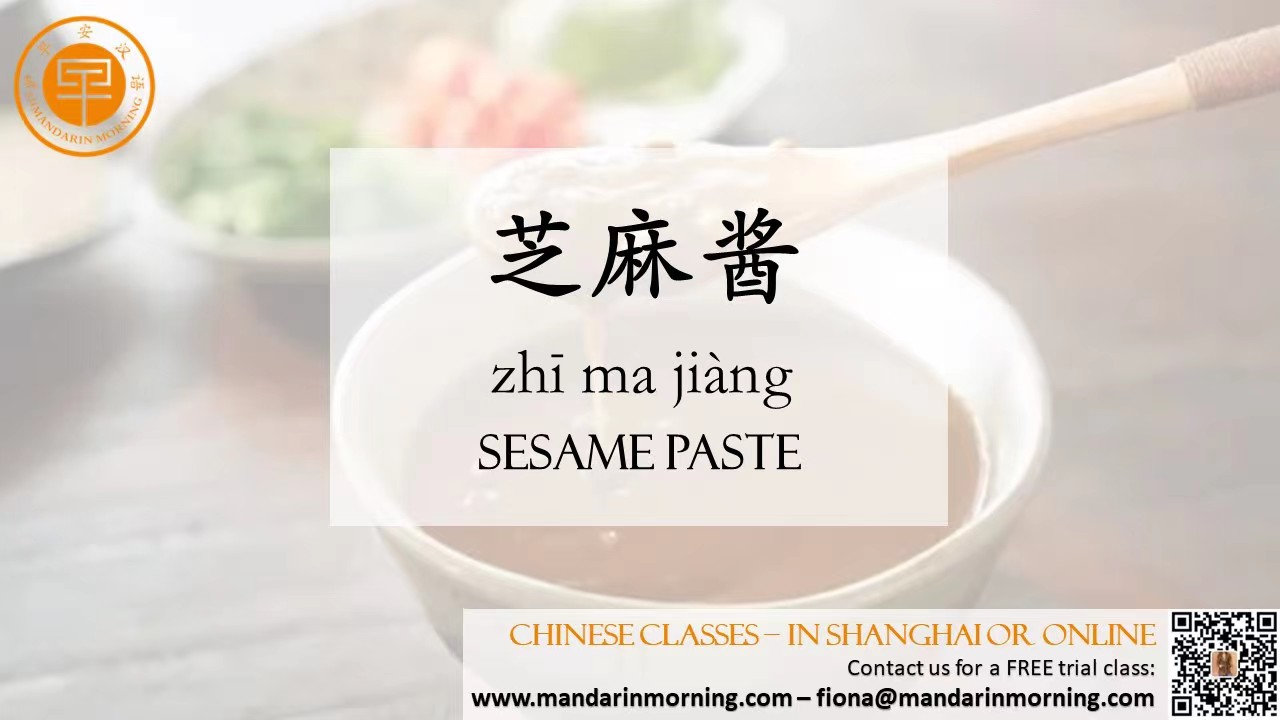Today we’ll be introducing more of the most common types of Chinese sauces, exploring what they’re made from and how they’re normally used in Chinese cooking. Char siu sauce 叉烧酱 chāshāo jiàng As we saw earlier hoisin sauce is used to make char siu, however there is also specifically a char siu sauce that exists. It is commonly known as “Chinese BBQ sauce” and unlike sha cha sauce which is also attributed this name, this is much more similar. When it comes to Chinese sauces you can think of a jar of char siu sauce as a short-cut or ready made sauce. Similar to how you might have a ready made pasta sauce in the West. It is made up of hoisin sauce, sugar, Chinese five spice powder, Chinese cooking wine, soy sauce, garlic and often also food colouring. This “BBQ sauce” is of course used to make char siu (叉燒 chāshāo) which is Cantonese style barbecued pork, this is normally served in one of the following ways: Sweet bean sauce 甜面酱 tiánmiànjiàng Next up on our list is sweet bean sauce. Although translated into English as sweet bean sauce, this condiment usually doesn’t have any beans in it and the word bean (豆 dòu) is also not in the Chinese name! The Chinese name of this sauce actually translates to “sweet flour paste”. It’s made from from wheat flour, sugar and salt. Sometimes fermented soybeans are added, however this isn’t a key ingredient so the English name still remains a bit of a mystery. As you might guess from the name this sauce is sweet in flavour, although it’s also a bit salty. Here are some common dishes that use sweet bean paste: Beijing duck 北京烤鸭 běijīng kǎoyā Jianbing 煎饼 jiānbǐng (a Chinese breakfast pancake) Sesame paste 芝麻酱 zhīmajiàng Chinese sesame paste is made from toasted white sesame seeds. This makes it different from tahini which is made with from raw sesame seeds and normally also has the addition of olive oil. As Chinese sesame paste is made from toasted sesame seeds it has a much stronger, nuttier flavour than tahini and a darker appearance. Sesame paste is commonly used in sauces for cold noodle dishes such as majiang cold skin noodles (麻酱凉皮 májiàng liángpí). It’s also often used as a dipping sauce for hotpot (火锅 huǒguō) or malatang (麻辣烫 málà tàng). Sesame paste is also used in a variety of baked goods and desserts. |